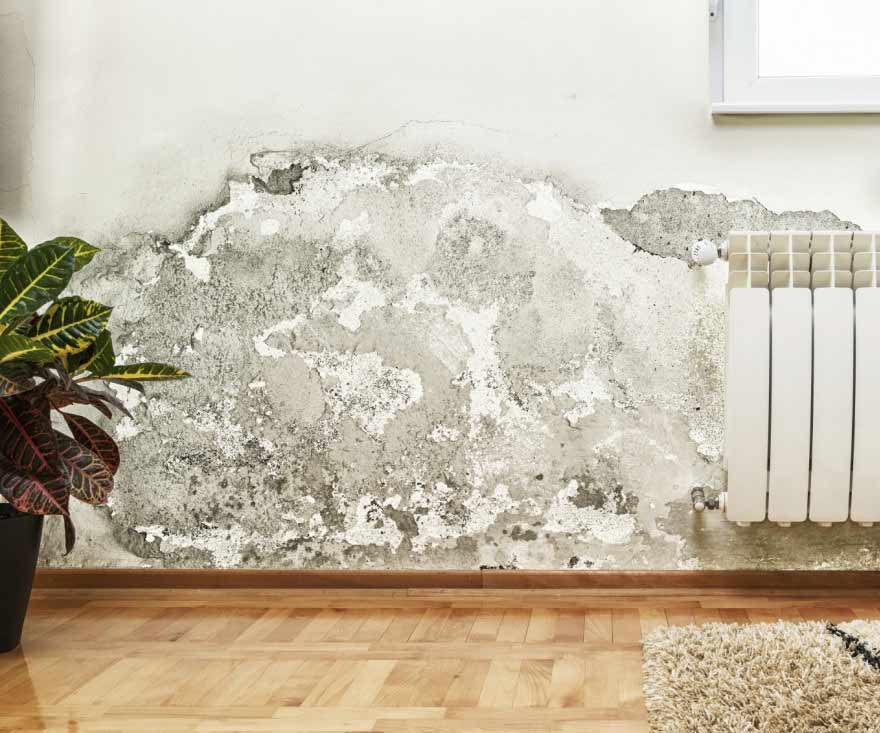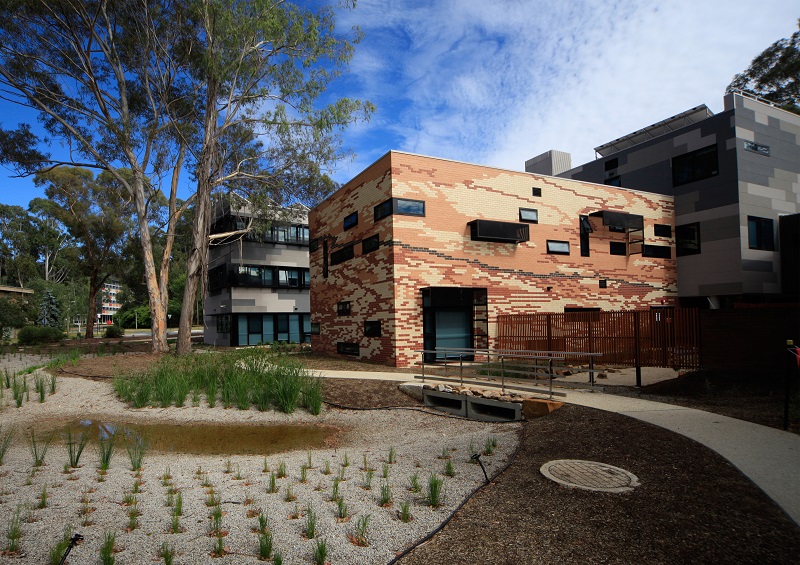Dangers after water damage – Keeping safe
Damage from extreme and unexpected weather events are overwhelming.
After you find water in your property, you quickly realise that there is masses of conflicting advice on the internet, and even from different Government organisations. Knowing where to turn to avoid longer term problems is often the biggest stress people face when they have been flooded.
Reliable information is available on dangers from electrical and other physical hazards such as trips and falls.
Accurate up to date information on dangers from chemicals, bacteria and viruses that have washed into premises, or mould that quickly grows shortly afterwards is much harder to find. Many untrained organisations and contractors unwittingly provide advice and products targeted at surface cleaning and protection from mould and infective organisms that lack any scientific credibility.
Wet building materials can become mould-infested within 72 hours if not dried fully or removed, posing a health hazard. Previous creature comforts and beloved belongings can become sources of unforseen danger. Mould grows rapidly on large items such as wall and ceiling linings, soft furniture and carpets, and smaller items such as toys, clothes and books.
Intricate items that trap microroganisms in hard-to-clean places include computer keypads and other electronic items. These may need specialist cleaning or disposal if they have sat in a property after a flood even if they have not come into contact with the water.
Flood water from ground level and below is termed “black water” as it contains sewage potentially carrying bacteria and viruses that can cause upset stomachs when you are traumatised and therefore least able to fight the infection. Clean rain water that has been present for more than 48 hours also increases risks from infection and allergies and asthma from wet building materials.
Handling of impacted materials requires special personal protection and management by professionals trained in their handling and disposal. However, some of the products, clean-up methods and treatments for mould treatment and ongoing prevention are not the most cost-effective, reliable and simple solution to stopping loss and allowing quick recovery from water damage. Worse still, some such as those containing nanofibres may be more hazardous than the pollutants they try to combat.
Dangers faced by doing-it-yourself
Care must be taken not to remove building material to save it from mould growth, or to release trapped water, without knowing if the wall contains or hides asbestos, or lead based paint.
A specialist is required to make this assessment, and services of an Occupational Hygienist are critical in this evaluation if your building was constructed before 1990. The danger from asbestos is well established and potentially fatal. Asbestos previously hidden behind layers of paint can be released. Sanding of gloss paint containing lead is another significant hazard that was previously safely locked away in a solid seal. Once these painted surfaces are broken it is possible to release asbestos fibres and lead-laden dust into the air.
Whilst it is good advice to lift floor coverings to allow concrete floors to dry, and to make holes in wall linings where water has affected them to allow moisture out within 24 hours of water entry, doing this may invalidate insurances. In the event that water has entered a property, the owner should push the insurer to contact Council for advice. Council in turn should have the tools they need at hand to safely advise owners what to do to help reduce the damage to their property and health, and the consequently the size of their claim. Where Councils are unsure, they can contact organisations like Viridis to advise them and let owners know. The organisation can help Council spread the risk of providing that advice by training and providing tools to allow decisions to be made in confidence where Standards are currently absent.
Chemical contamination can occur from spillage of everyday products such as gardening and cleaning products, oils and greases, petrol and diesel, and bleach, or from work-related chemicals such as those used in manufacturing or farming.
If a fire has broken out, chemical residues can remain in the property, even from fire suppressants. Water used to put the fire out soon turns the building to a water damagd building, as well as on that has experienced fire. Unsupervised removal or repair work on fire-damaged buildings can expose people to danger they are oblivious to, even after the water has subsided.
Understanding the correct clothing, personal protection and hygiene needed when dealing with water damage is vital in keeping people safe.
Please contact us to seek advice on keeping residents safe. In the meantime ensure they (and your own workers) wear the following when entering areas that have been wet from rain for more than 48 hours, or where water has come from the ground:
- Avoid skin contact with flood waters which may contain chemicals. Wear gum boots where possible to stay dry.
- Wear a P2 half mask respirator fitted with an N95 filter – basic ones can be bought from Bunnings, better quality items can be purchased from a work wear outlet.
- Wear a mould proof suit when in affected parts of a property, and remove this before going into clean areas.
- Wear safety glasses that go round the side of your head.
- Wear a double layer of latex gloves and wipe painted mould-affected wall and ceiling surfaces with 4:1 white spirit vinegar: water whilst wearing the protective clothing above. This is a temporary fix and the mould will return if there is still water in the property. Do not use this on metal structures or items, here 2:1 ethanol:water can be used. Only small volumes should be made up as it is needed, and care is needed around flames or sparks from light switches, matches, lighters etc. as the material is flammable.
- Do not remove material without professional advice and contacting your insurance broker or insurer.
- Avoid agreeing to purchase surface “protective” coatings unless they have been assessed for safety – many contain nanofibres believed to be potentially as harmful as asbestos fibres.
Viridis houses staff with leading edge knowledge and some of Australia’s leading figures in managing buildings for safety from pollutants in addition to sustainable operations. Members serve on National committees for building performance ratings around Energy and Indoor Environment for both NABERS and for the Green Building Council.
The Viridis teams shares its knowledge to empower others to take control of personal safety.
We can further provide advice on reducing risk by knowing where independent assessment is needed around clean-up and restoration services. It is vital to understand the process of assessment, management and validation of contaminated sites, and flood impacted buildings are no different in that respect. By offering impartial advice, site inspection and testing services we can help to reduce worry about dangers to health and buildings that owners are unaware of.
Clients who the Viridis staff have helped after flooding or mould ingress include the Victorian Medical Insurance Association (Victorian Government), Australian Red Cross, John Holland Queensland, the Lutheran Church, Byron Shire Council, the University of Southern Queensland and Life Health Care.
If we can help even by speaking with you on the telephone we are always happy to assist with questions where we can. Feel free to call us on 07 3369 5009 or contact Dr Claire Bird on 0431 988 035. Alternatively email cbird@viridis.com.au



